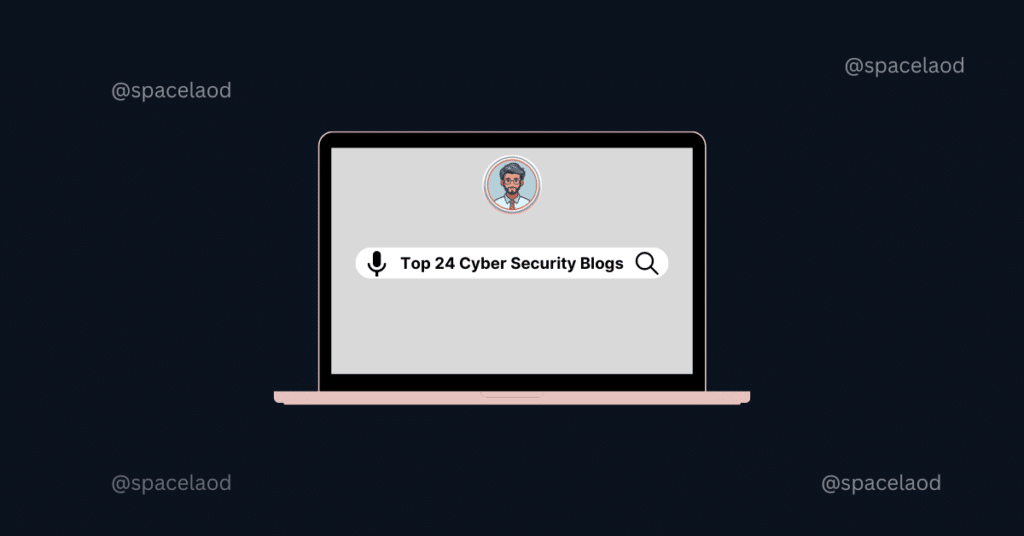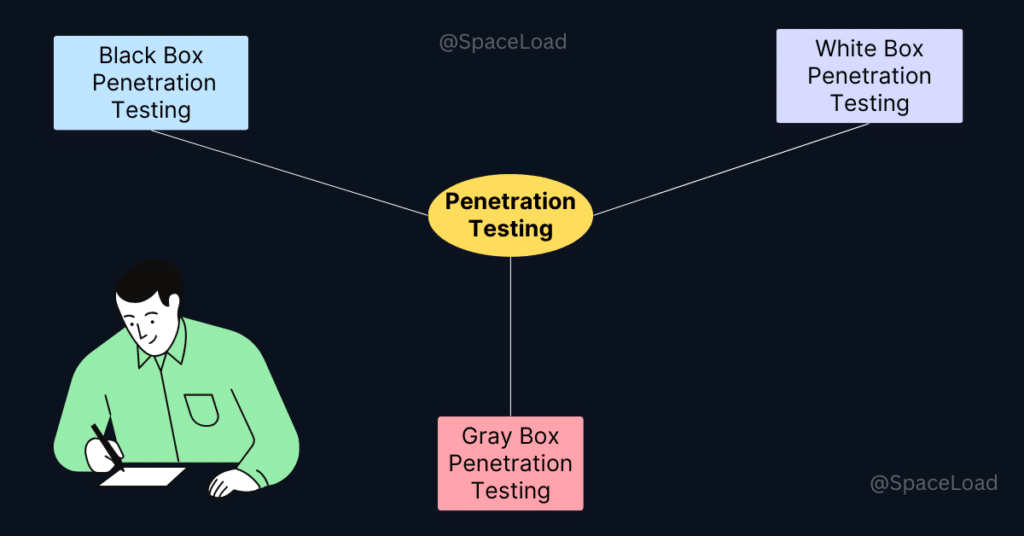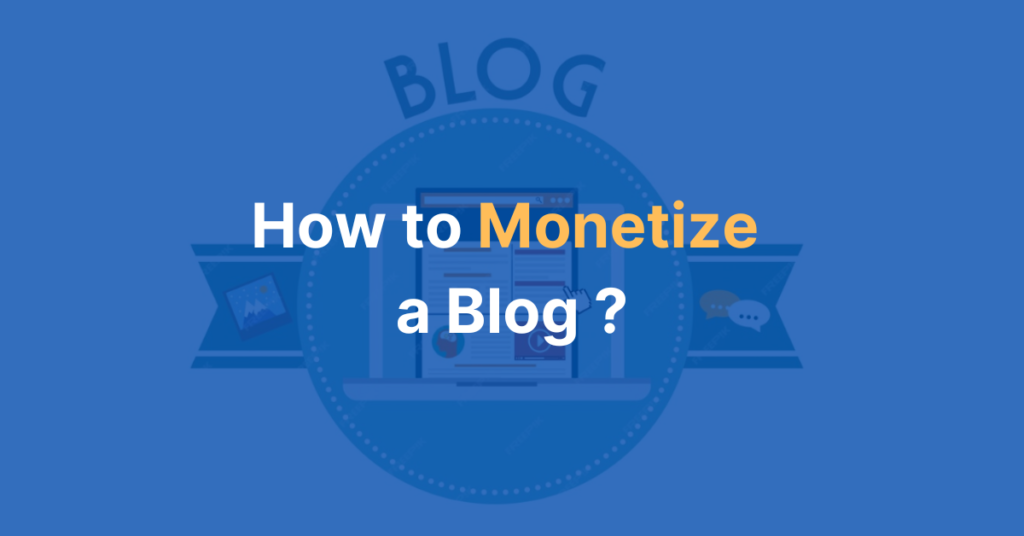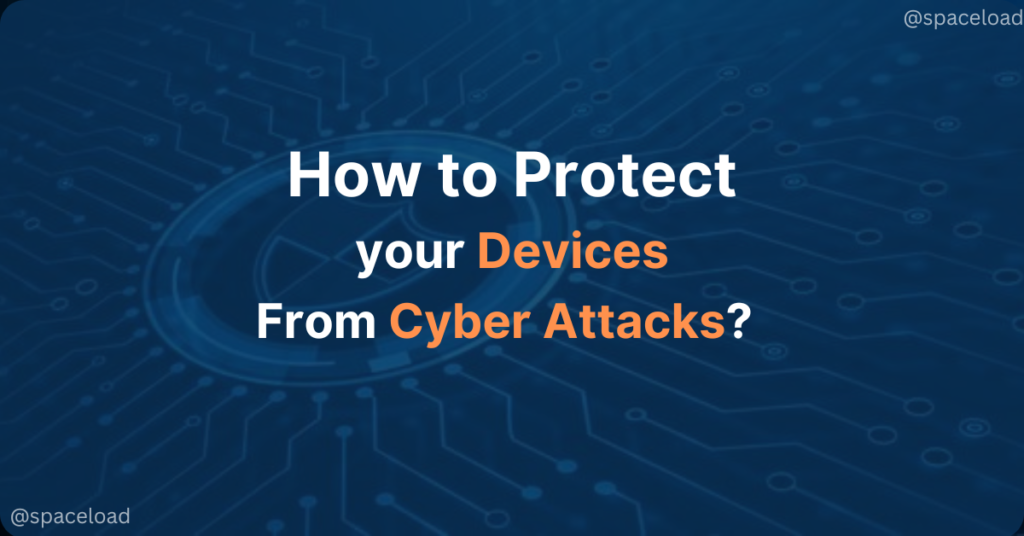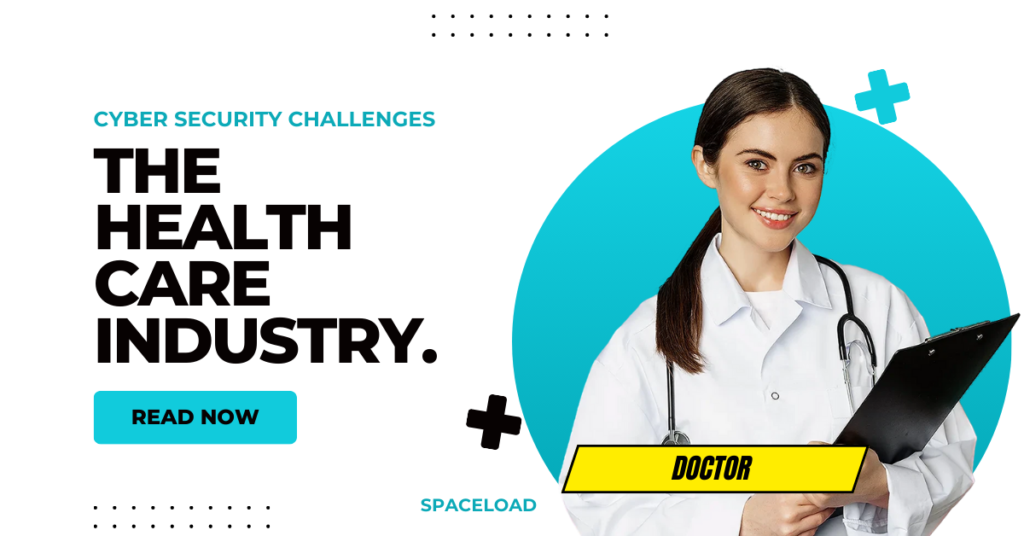
-
Save
The healthcare industry has always been a critical sector, but in today’s digital world, it faces increasing challenges when it comes to cybersecurity. As healthcare providers, insurers, and technology companies increasingly rely on digital systems to manage patient data, they become prime targets for cybercriminals. From hospitals to private practices, everyone in the healthcare field is susceptible to cyberattacks. In this blog, we’ll explore the key cybersecurity challenges within healthcare and discuss solutions to mitigate these risks.
Rising Threat of Ransomware in Healthcare
Ransomware attacks have become a major concern for healthcare organizations worldwide. In these attacks, cybercriminals encrypt critical data, such as patient records, and demand a ransom for its release. Healthcare is an attractive target due to the sensitive nature of the data and the urgency of its accessibility. Hospitals and clinics often find themselves in difficult situations where paying the ransom may seem like the only option to restore critical services.
How to Adapt: To defend against ransomware, healthcare organizations should implement robust backup systems, regularly update software to patch known vulnerabilities, and train staff on how to recognize phishing emails and other common attack methods. Having a comprehensive incident response plan in place can also help minimize the impact of an attack.
Protecting Patient Data: Compliance and Privacy Issues
Healthcare organizations handle vast amounts of sensitive patient data, including personal health information (PHI). This data is highly valuable to cybercriminals, making healthcare organizations prime targets for data breaches. Additionally, healthcare providers must comply with regulations like the Health Insurance Portability and Accountability Act (HIPAA) in the U.S., which sets strict standards for protecting patient privacy.
How to Adapt: Ensuring compliance with industry regulations like HIPAA is crucial for protecting patient information. Healthcare organizations should implement data encryption, enforce strict access controls, and regularly audit systems for vulnerabilities. Investing in cybersecurity tools that comply with industry standards can help maintain both security and compliance.
Lack of Cybersecurity Awareness Among Healthcare Staff
One of the biggest cybersecurity vulnerabilities in healthcare is the lack of cybersecurity awareness among staff members. While healthcare professionals are highly trained in patient care, many are not adequately educated on the latest cyber threats, such as phishing attacks or social engineering tactics. This knowledge gap can lead to accidental breaches, especially when employees unknowingly click on malicious links or fail to follow security protocols.
How to Adapt: Regular cybersecurity training is essential to raising awareness and ensuring staff are equipped to recognize and respond to threats. Healthcare organizations should provide ongoing training that covers phishing, password management, and data handling best practices. Simulated phishing campaigns can also be a helpful tool to test and improve staff readiness.
The Growing Threat of Insider Attacks
While many cybersecurity risks come from external sources, insider threats are just as significant in healthcare. Employees or contractors with access to sensitive information can intentionally or unintentionally compromise security. Insider attacks can be difficult to detect because these individuals often have legitimate access to systems and data.
How to Adapt: Healthcare organizations should implement strict access control policies, ensuring that employees only have access to the information necessary for their role. Monitoring tools that track user activity and detect unusual behavior can help identify potential insider threats. Regularly changing passwords and using multi-factor authentication (MFA) can add additional layers of security.
Managing Security Across a Complex IT Ecosystem
The healthcare ecosystem includes various devices, systems, and platforms—each of which needs to be properly secured. From electronic health records (EHR) and lab systems to Internet of Things (IoT) devices, each part of the healthcare network poses a potential vulnerability. The interconnected nature of healthcare technology makes it increasingly difficult to secure every entry point.
How to Adapt: A multi-layered security approach is essential. Healthcare organizations should implement network segmentation to separate critical systems from less sensitive ones. Regularly patching software, updating security protocols, and conducting vulnerability assessments across all systems and devices will help identify and address potential risks before they are exploited.
The Internet of Medical Things (IoMT) and Security Risks
The Internet of Medical Things (IoMT) refers to the connected devices used in healthcare, such as heart monitors, infusion pumps, and other diagnostic tools. While IoMT devices improve patient care, they also introduce significant security risks. Many of these devices are not designed with security in mind, making them vulnerable to hacking.
How to Adapt: Healthcare organizations should prioritize securing IoMT devices by ensuring they are regularly updated, using strong authentication methods, and isolating critical devices on separate networks. Implementing a comprehensive IoMT security framework can help ensure these devices do not become an easy entry point for cybercriminals.
Third-Party Vendor Risks
Healthcare organizations often rely on third-party vendors for various services, from cloud storage to software management. However, if a vendor has weak cybersecurity practices, it can create a significant risk for the healthcare provider. Cybercriminals frequently target vendors as a means of infiltrating larger organizations, especially if those vendors have access to sensitive patient data.
How to Adapt: Healthcare organizations should conduct thorough vendor risk assessments to ensure third-party vendors meet cybersecurity standards. Contracts should include provisions for security protocols, data protection measures, and regular audits. Establishing a formal vendor risk management program can help mitigate third-party risks.
Challenges in Securing Mobile Health Devices and Apps
With the increasing use of mobile health applications and wearable devices, healthcare providers face new cybersecurity challenges. These devices often store or transmit sensitive health data, and if not properly secured, they can become targets for hackers. The convenience of mobile devices must be balanced with the need for strong security measures.
How to Adapt: Healthcare organizations should implement mobile device management (MDM) solutions to control and secure mobile devices. This includes enforcing encryption, remote wiping of lost or stolen devices, and ensuring apps meet strict security standards. Educating patients on the importance of securing their own mobile health apps can also be beneficial.
Conclusion: Securing Healthcare in an Increasingly Digital World
As the healthcare industry continues to digitize, the risk of cyberattacks grows. Protecting patient data, securing connected devices, and ensuring compliance with regulations are just some of the challenges that healthcare organizations must navigate. However, with a proactive approach to cybersecurity—through staff training, strong data protection measures, and regular system audits—healthcare providers can significantly reduce the risk of cyber threats.
Ultimately, cybersecurity in healthcare is about more than just protecting systems—it’s about protecting the trust patients place in their providers. By staying vigilant and adopting the latest security practices, healthcare organizations can ensure that sensitive patient data remains secure, even in the face of evolving threats.
For more information follow and read our blogs
We’ll be back with one another greater insight


